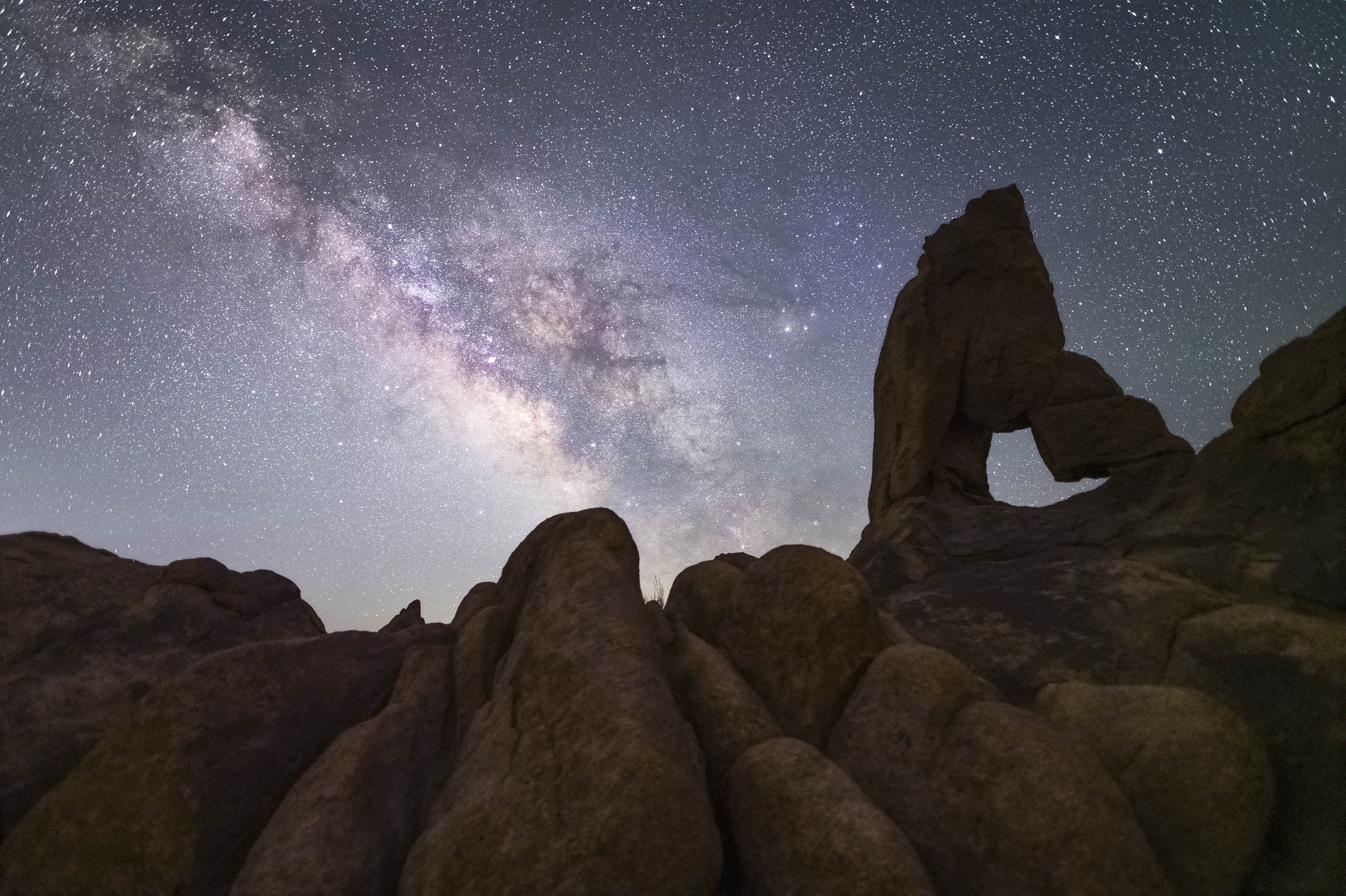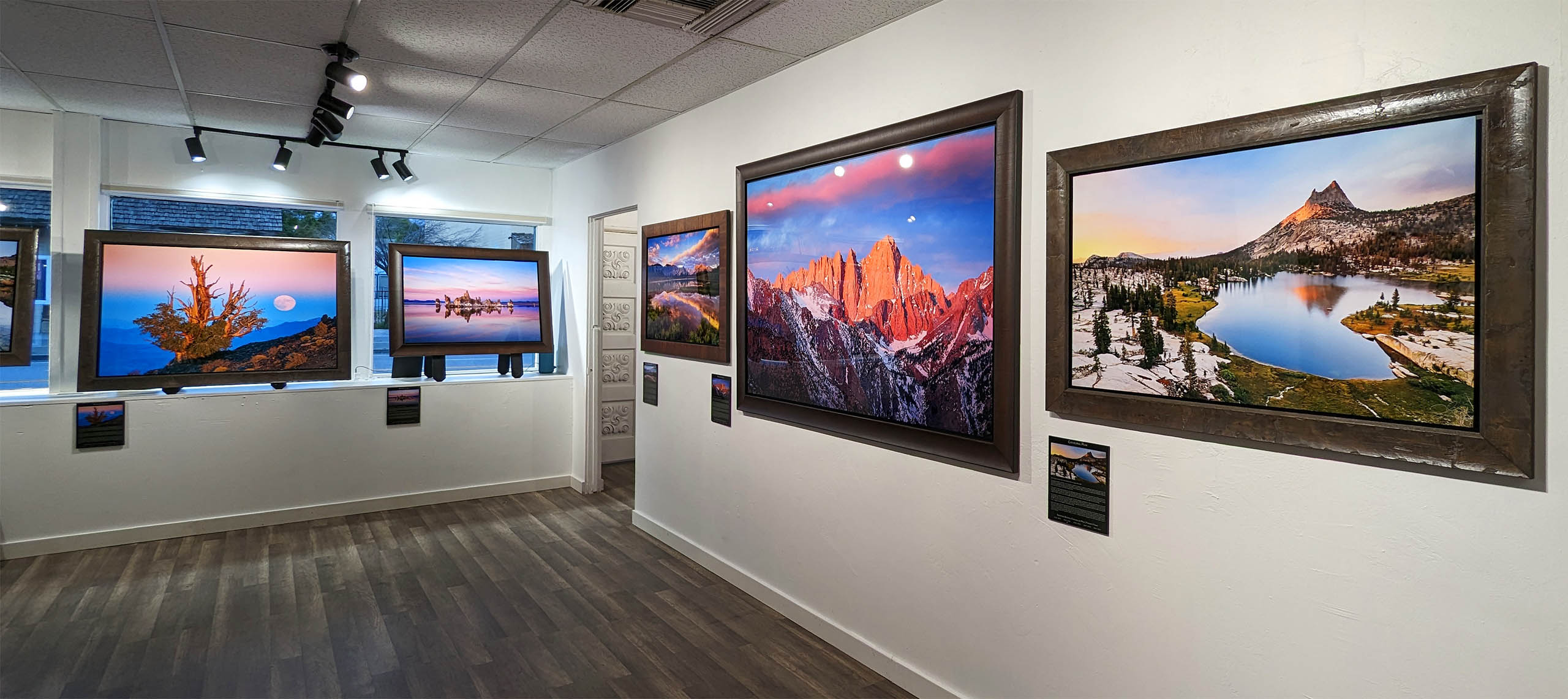
How to Use a Circular Polarizing Filter (CPL) Like a Champ
Joshua Cripps
[av_textblock size=” av-medium-font-size=” av-small-font-size=” av-mini-font-size=” font_color=” color=” id=” custom_class=” av_uid=’av-k8y3d4sy’ admin_preview_bg=”]
You’ll often hear that a circular polarizing filter, or CPL, is a must have addition to your gear bag, but once you’ve got it how do you use it for the best possible results?
First let’s start with what a polarizer does. A CPL blocks scattered light from entering your camera, reducing haze in your photos, increasing color saturation, and giving the sky a royal blue hue. Polarizers also cut reflection off of wet and metallic surfaces, giving plants and rocks far better clarity and color saturation, and allowing you to see under the surface of lakes and streams. It’s almost magical!
But as cool as CPL’s can be, don’t think that you need to use one all the time, because they also have their quirks.
First of all, it’s critical to understand that a polarizer works best when you’re pointed 90 deg away from the direction of the sun, and it doesn’t work at all when you’re pointed directly at or away from the sun. This is important for a couple of reasons.
One, it means that your CPL might not be doing anything at all for you, for example if you are shooting directly into the sun at sunset, so you might as well take it off.
It also means that if you are shooting with a wide angle lens you might have part of the frame where the polarization effect is strong, and another part of the frame where you’re not getting any polarization at all. Which is why in some photos you can see uneven color tone in the sky like this.
However, one of the nice things about a CPL is that it’s not an all or nothing filter. Rather you can dial it to tune exactly how strong you want the effect to be. Want the sky super dark? dial it to max polarization. Too much? Just twist it back a little bit.
You can also fix that uneven polarization problem by not using as wide of a lens, like in that previous example. Or by making sure your sky is full of clouds, so as to break up the polarization effect. Another key thing to realize about polarizers is that they eat light. When turned to their max effect, most polarizers suck up about 2 stops of light, so you’ll need to compensate for that when choosing your camera settings.
The final consideration you should bear in mind when using a polarizer is if it fits your artistic intention. Reduced haze and boosted color saturation are almost universally a good thing, but you might be willing to let those go if it means keeping that amazing reflection you’e got on the surface of a lake .
In the end, a CPL is a fantastic filter to have in you kit, and now that you know more about them you can put yours to good use.
Got another question? Check out our Landscape Photography FAQ here:
https://www.joshuacripps.com/landscape-photography-faq/
Be sure to subscribe to our newsletter and YouTube channel for even more landscape photography how-to.
Join Josh on Social!
http://instagram.com/joshuacrippsphotography
https://www.facebook.com/JoshuaCrippsPhotography
[/av_textblock]
share this article:





